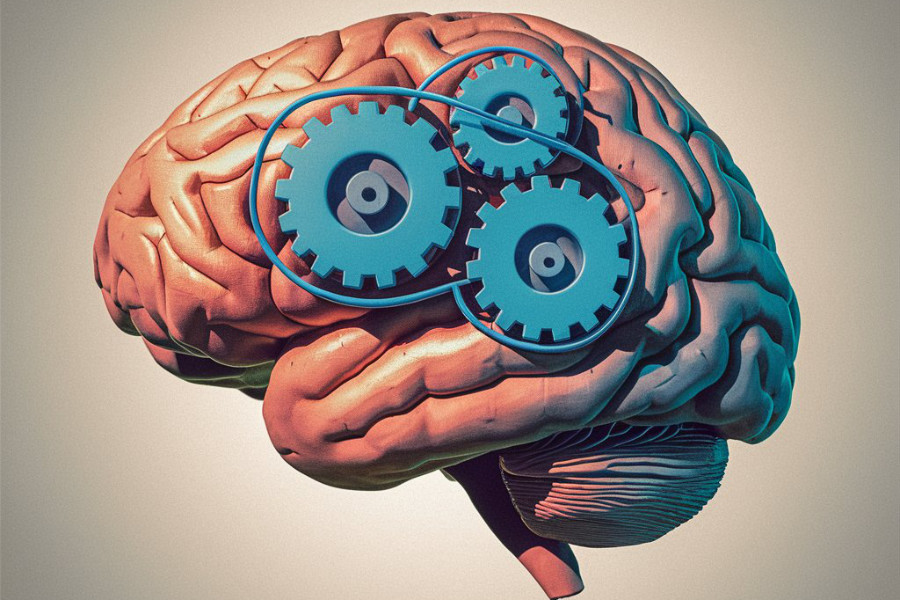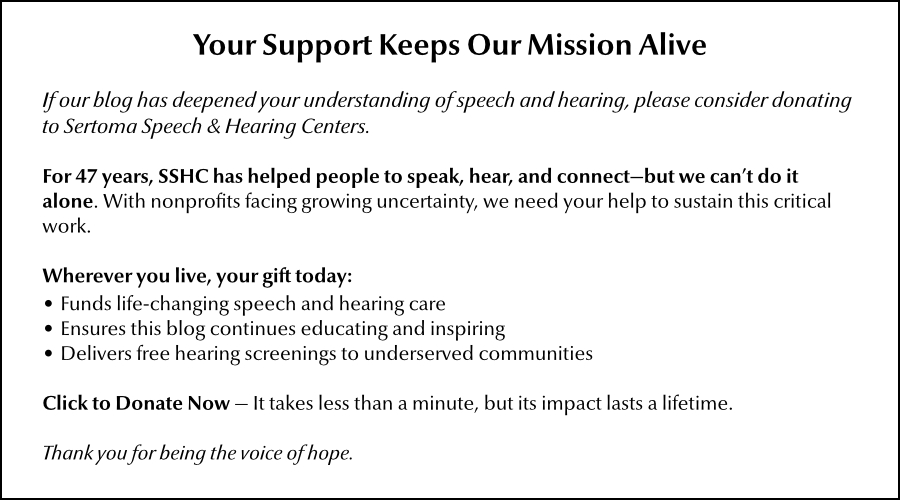Do you occasionally struggle to quiet your mind when trying to fall asleep? Scientists now point to a tiny brain region—the locus coeruleus, or “blue dot”—as the hidden conductor of your sleep cycle. Understanding it could help you shut off mental noise and wake up refreshed.
Zoom in: This pea-sized cluster of 50,000 neurons in your brainstem produces norepinephrine, a chemical that acts like your brain’s alarm system. It doesn’t just keep you alert—it also fine-tunes sleep depth and transitions between dream-filled REM sleep and restorative deep sleep.
Why it matters
Master the blue dot's rhythms, and you might solve chronic insomnia or anxiety-driven sleeplessness.
How it works
The blue dot operates like a three-gear engine, according to neuroscientist Mithu Storoni:
- Gear 1 (Low): Your mind wanders freely—ideal for creativity.
- Gear 2 (Moderate): Sharp focus kicks in, powered by the prefrontal cortex.
- Gear 3 (High): Fight-or-flight mode overwhelms you—think midnight panic spirals.
Your daily circadian rhythm naturally shifts these gears: low at dawn, peaking midday, then easing at night. But stress or late-night screen time can jam the system in high gear.

By the numbers:
- 50 seconds: Bursts of blue dot activity during deep (NREM) sleep make you subtly alert to threats (like a creaking floor) without waking you.
- 86 billion neurons: The blue dot’s 50,000 cells are a tiny fraction—but their reach is vast, wiring into regions that control focus, fear, and paralysis during dreams.
The challenge
Stress hijacks the blue dot. Anxiety or late workouts—which rev up the blue dot—can trap you in “high gear,” making sleep elusive.
In practice
To reset your blue dot:
- Wind down smartly: Ditch screens and intense exercise 2-3 hours before bed.
- Activate “rest mode”: Try yoga, slow breathing, or meditation to engage the parasympathetic nervous system.
- Watch for science: Experimental devices (like forehead nerve stimulators) may soon dial down blue dot activity.
Bottom line
Your brain’s dimmer switch isn’t a myth—it’s a blue dot. Treat it right by avoiding late-night stress and embracing calm, and sleep will follow.


